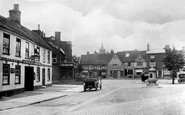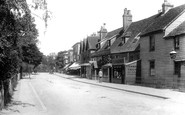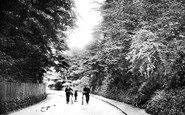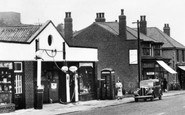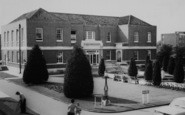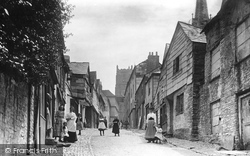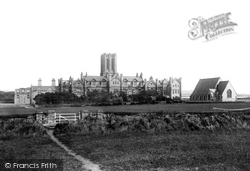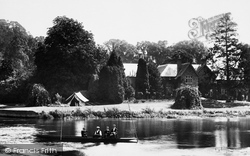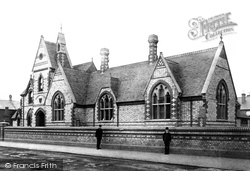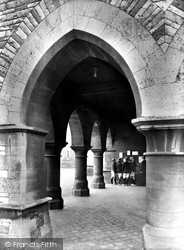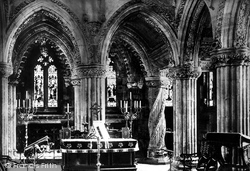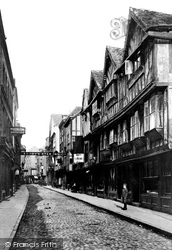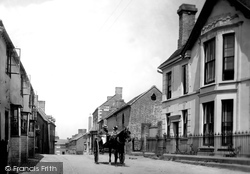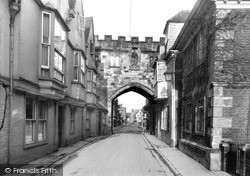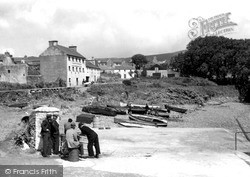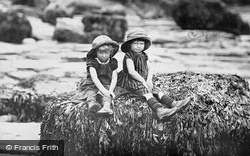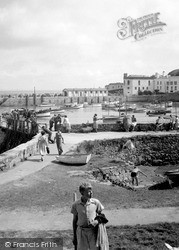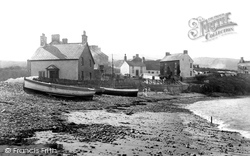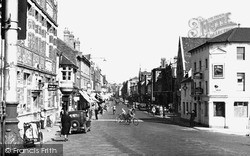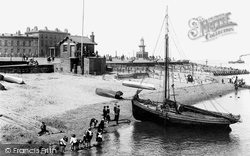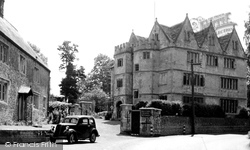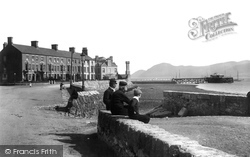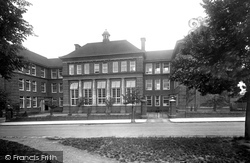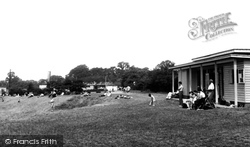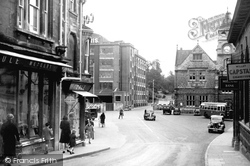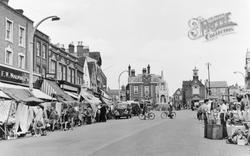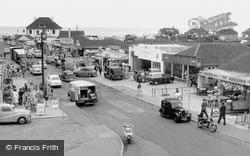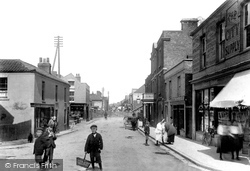Places
2 places found.
Those places high-lighted have photos. All locations may have maps, books and memories.
Photos
6 photos found. Showing results 241 to 6.
Maps
69 maps found.
Books
1 books found. Showing results 289 to 1.
Memories
3,878 memories found. Showing results 121 to 130.
Wonderful Times Growing Up In South Ockendon
It’s been a real pleasure to read all the various memories of South Ockendon back in the 50s and 60s. I was born in Brixton and moved to West Norwood. My Mum & Dad both wanted to move out of ...Read more
A memory of South Ockendon by
War Time Evacuees
in 1944 we were taken to St Agnes, me, my two sisters and my mum. I was only 5 years old. They put us in the hotel Driftwood Spars, St Agnes. I went to school there, I can't remember the name of it. My mum worked in the pub in ...Read more
A memory of St Agnes by
Life At The Schoolhouse 1951 To 1958
My mother, Betty Cronin, was the head teacher at Dunsfold School from around 1951 to 1958 and I lived in the schoolhouse with her and my sister Susan during this period. Both my sister and I went to school in ...Read more
A memory of Dunsfold by
Kingsbury
The WWI tank was removed because little boys used to enter and use it as a toilet. It exploded when the welder went to work on it because there was still petrol in the fuel tank, not ammunition. The welder flew across Kingsbury and ...Read more
A memory of Aylesbury in 1956 by
Shopping At The Parade
The Parade, Southborogh, was where my mother, Ivy, did most of her shopping. At that time you could buy pretty well everything you would need in the Parade. Trips into Tunbridge Wells were only taken if there was a need ...Read more
A memory of Southborough in 1953 by
Growing Up In Hornsey
I was born in Hornsey in 1923, and spent the first 10 years of my life living with my parents in the top flat at 257 Wightman Road. The ground floor was occupied by Mr and Mrs Dan Costigan. Mr Costigan was a bus driver, and ...Read more
A memory of Hornsey in 1920 by
Hop Picking. Telephone Exchange Tunbridge Wells
DOES ANYONE EVER ANSWER TO OUR MEMORIES?. THERE MUST BE SOMEONE OUT THERE COME ON JOIN IN I joined Tunbridge Wells telephone exchange September 1948. I remember so well the evening the man would ...Read more
A memory of Tonbridge in 1940 by
Nostalgia
The garage, owned if memory serves by the Harrison family, was always a magnet for a small boy, because in addition to selling petrol and repairing cars it also sold Meccano and Dinky toys. I also remember my grandmother buying me the ...Read more
A memory of Langwith in 1948 by
Granny's Home
The Micheldever cottage with the steps facing the camera is where my mother Evelyn Rogers (nee Chalk) grew up with her brothers Alfred and Charles, and sisters Maude, Ivy, Kate (Kit) and later Ruby Hansford. Henry Arthur Gale Chalk ...Read more
A memory of Micheldever by
Happy Hours Of Reading But Also Destruction.
So many hours of reading here in this library. The children's section was in the main door and to the right served by the 2 windows shown on the ground floor. I recall taking out every Arthur Ransome ...Read more
A memory of Wallington by
Captions
516 captions found. Showing results 289 to 312.
Women, their daughters and a delivery boy stand for the camera where the street climbs to St Mary Magdalene Church.
This picture was taken the year one of the college's famous old boys, Thomas E Brown, died. Born in 1830, the year the college opened, Brown was a poet, scholar, and Fellow of Oriel College.
The men wear mostly caps and jackets while the boy on the left sports an Eton collar. The tent was no doubt erected as part of another formal leisure activity.
Opened in 1877, and still looking pristine in this 1890 view, the Kendrick's Boys School in Queen's Road was endowed by funds first established by John Kendrick's will of 1624.
Dressed for sports, a group of boys check the noticeboard which is in the colonnade under the Big Schoolroom.
While he was away, his apprentice worked out how to construct the pillar after having a dream and built it.
The boy dressed in breeches with cap in hand looks a little lost soul standing in the almost empty cobbled street. On the left there is a sign for Waddingtons Piano Forte Manufacturers.
Lord Hatterton even supported an agricultural school for the benefit of boys aged 10 to 14 years.
The boys would now be contemplating uninspiring blocks of three-storey flats on the Waterside or left bank.
Note the gas street lighting and the dress of the boys in the foreground.
At the entrance to the pier, a group of men stand passing the time of day, watching a group of small boys playing on the rowing boats drawn up on the foreshore. A dog waits patiently.
They have recently been identified as twin boys, Matthew and Robert Peart.
A boy stands on the old slipway into the sluice. At high tide the basin would fill; it was then emptied through an opening at the other end, keeping the harbour free of silt.
It is said that almost every boy from Borth went to sea. In the foreground are some fine clinker-built fishing boats.
Boys on bicycles, shoppers and motorists throng this street, and there is every sign that the public library (left) had a regular flow of readers who still did not have the luxury of owning a newly invented
Then, as now, the beach was popular with children, who here play at the water's edge whilst older boys admire the moored fishing boat.
The Castle, in 1955 the Ravenscroft School, a boys' prep school, is a late 16th-century house of three storeys with gabled attics and a three-storey porch and stair turret, both crowned with medieval-style
In this view, two old salts and a boy look out across the pier and the Menai Strait to the mountains of Snowdonia.
This palatial neo-Georgian building was opened in 1913 as the boys' Grammar School, in the right part of the building, and the girls' High School on the left.
The designs for the 107 acres of land included huts for 400 boys and girls, and a further 200 could be accommodated under canvas.
David Morgan, an engineer at Harris's for over thirty years, used to be a delivery boy, and remembers polishing the big brass window sill every Saturday morning for 10s a week.
The little boy walking with his mother and sisters in the left foreground is wearing the young man's fashion of the day - a lumber jacket.
Board sailing was invented here: this was confirmed by a High Court ruling in 1982 stating that Peter Chilvers invented the sail board at Hayling in 1958 when, as a boy of ten, he used a sheet of plywood
This view looks along Church Street from its junction with Market Street and Tylers Way; the latter is a modern road and where the boys stand is now a roundabout.
Places (2)
Photos (6)
Memories (3878)
Books (1)
Maps (69)

